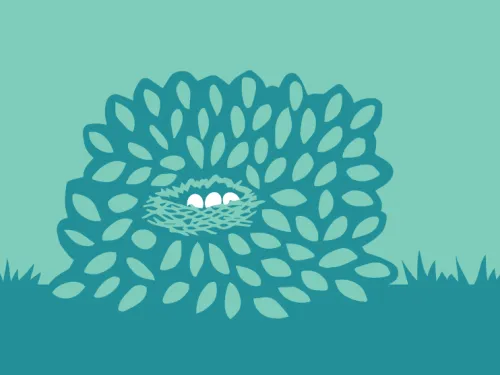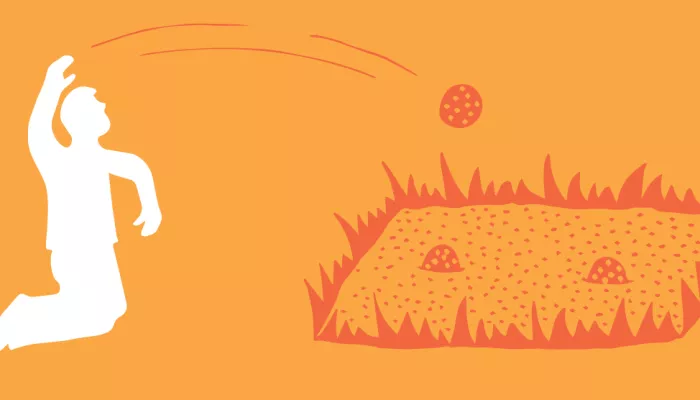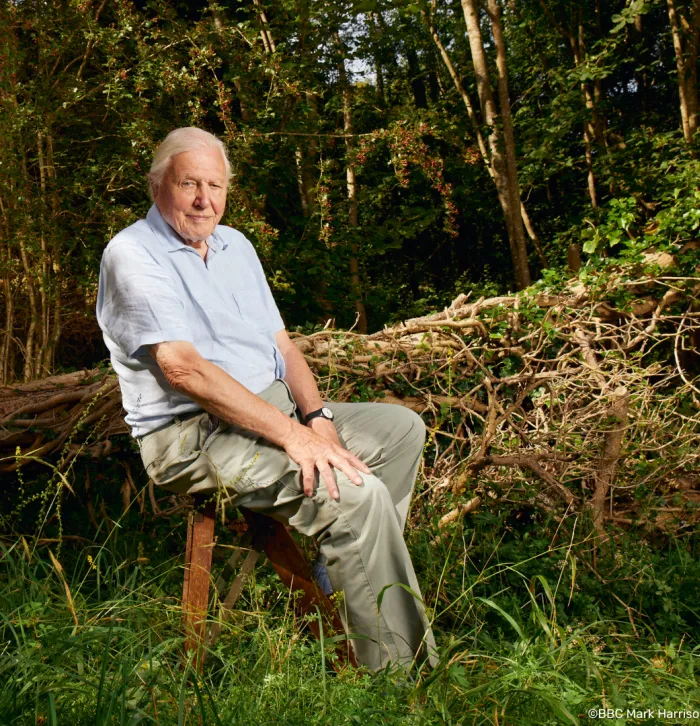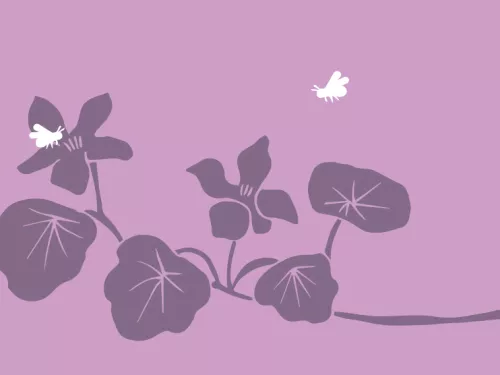
How to provide bushes for nesting birds
In the spring, birds choose the best locations to build nests, so why not offer them a safe place to settle?

Seed bombs are great fun for children and adults!
Whether it's a plant pot, flowerbed, wild patch in your lawn or an entire meadow, sowing wildflowers in your garden provides vital resources to support a wide range of insects that couldn't otherwise survive in urban or built-up areas.
Throwing, breaking up or digging ‘seed bombs’ (or balls) into areas in your garden that need a little brightening up is a perfect way of spending an afternoon!


In the spring, birds choose the best locations to build nests, so why not offer them a safe place to settle?

Whether it's a flowerpot, flowerbed, wild patch in your lawn, or entire meadow, planting wildflowers provides vital resources to support a wide range of insects that couldn't survive in urban areas otherwise. It is also a great way of avoiding tools such…

Coastal gardening can be a challenge, but with the right plants in the right place, your garden and its wildlife visitors can thrive.

Energy used in buildings accounts for around 17% of total emissions. Reducing your household energy use by making efficiency savings, switching to a renewable energy supplier, or installing a heat pump will help cut down.

Go chemical-free in your garden to help wildlife! Here's how to prevent slugs and insects from eating your plants with wildlife-friendly methods.

The best plants for bumblebees! Bees are important pollinating insects, but they are under threat. You can help them by planting bumblebee-friendly flowers.